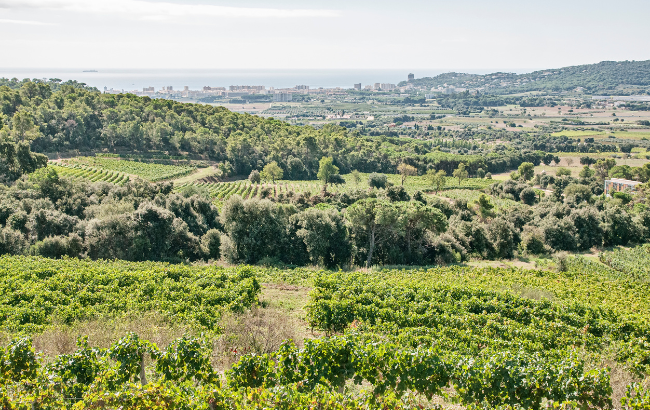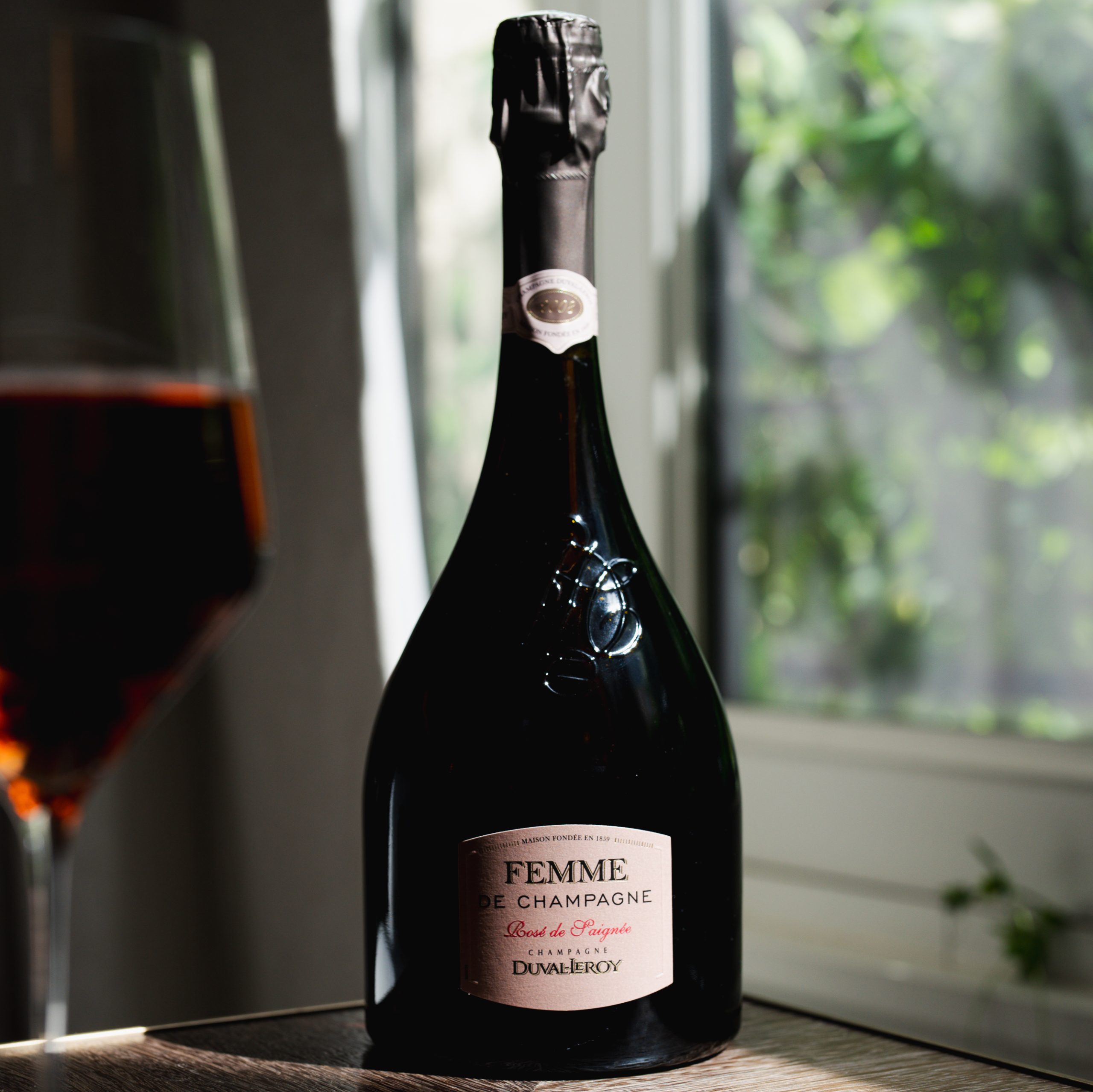Top 10 American gangsters and their drinks
By Lucy ShawLast month, American gangster Al Capone’s cocktail shaker sold at a Sotheby’s auction in London for £50,000, widely exceeding its estimate of just £1,000-1,500.
Engraved “To a regular guy from the boys, 1932”, the shaker’s high hammer price illustrates the fascination still held with Prohibition era gangsters, who have been portrayed on the silver screen by everyone from Robert de Niro and Tim Roth to Warren Beatty and Johnny Depp.
With many of America’s most feared mobsters running bootleg booze rackets, and classic cocktails reaching peak popularity during the Roaring Twenties, many of the men on our most wanted list were partial to a Gin Fizz or three.
Read on for our round up of ten of the most nefarious gangsters in history, and what they drank on their days off.
10: Bonnie Parker
The only lady in our line up, while her partner in crime, Clyde Barrow, was known to be teetotal, beret wearing, cigar smoking Bonnie Parker was a fan of American whiskey, and was known to throw empty bottles from the window of their getaway car while Clyde took the wheel.
The Dallas-born pair’s bank robbing exploits, culminating in their grisly death in Louisiana in 1934, were immortalised in the 1967 film Bonnie and Clyde, starring Faye Dunaway and Warren Beatty in the leading roles. The same year, French chanteur Serge Gainsbourg recorded Bonnie and Clyde with Brigitte Bardot providing the female vocals.
9: John Gotti
Bronx-born John Gotti became the boss of the Gambino crime family in New York, which made millions of dollars a year from construction, hijacking, loan sharking, gambling, extortion and other criminal activities.
Beginning a life sentence in 1992 in one of America’s harshest Federal prisons, according to The New York Times, before his time behind bars, Gotti, known for his outspoken personality and flamboyant style, indulged in Rémy Martin Louis XIII Cognac, of which he spent a fortune on before he was convicted of murder and racketeering charges. Nicknamed “The Teflon Don”, Gotti died of throat cancer in 2002.
8: Frank Costello
Nicknamed the “Prime Minister”, Italian-American gangster Frank Costello rose to the top of the New York’s organised crime underworld. Controlling a gambling empire across the US, he became one of the most influential mob bosses in American history. Born in Calabria, Costello immigrated to New York’s Harlem district in 1895.
Partnering up with Charles “Lucky” Luciano, during Prohibition, Costello and Luciano got into bootlegging with considerable success, doing business with Bronx beer baron Dutch Schultz. In 1927, Costello and Luciano organised a group of top East Coast rum-runners into a large bootlegging operation known as the “Big Seven Group” in order to pool their Canadian and European liquor sources, maximise profits, minimise overheads and gain an advantage over their competition.
7: Jack Diamond
Known as “Gentleman Jack”, Irish-American gangster Jack Diamond operated as a bootlegger in Philadelphia and New York during Prohibition. Leading a flamboyant lifestyle, Diamond was something of a celebrity in New York, and had a string of mistresses, including showgirl Marion “Kiki” Roberts.
During the late ‘20s, Diamond travelled to Europe to bring back bootleg spirits in half-full barrels that were dumped overboard and floated to Long Island where they were rounded up. In 1930, Diamond travelled to Antwerp in Belgium with the aim of sourcing rye whisky in Germany to illegally import back to the US, but was arrested by the German Secret Service on arrival and deported to Philadelphia.
Dodging a number of assassination attempts, Diamond came to be known as the “clay pigeon of the underworld”. In 1930 he survived being shot five times at the Hotel Monticello in Manhattan. When asked by police how he managed to walk out of his hotel room after being shot, he told them he’d drank two shots of whisky first. But his luck eventually ran out in 1931 when he was shot to death at a rooming house in Albany. Could Jack Daniel’s twice charcoal mellowed Gentleman Jack be named in Diamond’s honour?
6: Dutch Schultz
Born Arthur Flegenheimer, German-Jewish American mobster Dutch Schultz made his fortune through a bootleg booze business. Operating at the same time as notorious gangster Lucky Luciano, who threatened to topple Schultz’ rackets, working at hole-in-the-wall speakeasy Hub Social Club set up by gangster Joey Noe, the pair’s success spurred a series of speakeasy openings.
With New Jersey brewer Frankie Dunn supplying them with beer, the pair eventually expanded to control the beer supply for the entire Bronx district of New York. Shot in a New Jersey bar in 1935, Schultz’ last words were reportedly: “A boy has never wept… nor dashed a thousand kin.” In 2011, Dutch’s Spirits was founded on the site of Schultz original bootleg booze bunker in the New York town of Pine Plains. Among the modern day moonshines on offer are Dutch’s Peach Brandy and Boomtown Bitters.
Partner Content
5: Bugsy Siegel
Brooklyn-born, blue-eyed Benjamin “Bugsy” Siegel was one of the most feared gangsters of his day. Handsome and charismatic, with matinee idol looks, Siegel was the driving force behind the Las Vegas strip. One of the founders of Murder Incorporated, Siegel became a bootlegger within several major East Coast cities during Prohibition, turning to gambling after Prohibition was repealed in 1933.
Partnering up with Meyer Lanksy, the pair formed the Bugs and Meyer Mob, which handled contracts for various bootleg gangs operating in New York and New Jersey. The pair kept busy by hijacking the booze cargoes of rival outfits. Counting Clark Gable, Cary Grant and Frank Sinatra among his friends, Siegel moved to LA in the ‘30s and threw lavish parties in his Beverly Hills home.
4: John Dillinger
Played by Johnny Depp in the 2009 film Public Enemies, Depression-era American bank robber John Dillinger robbed dozens of banks and police stations. Escaping from jail twice, media reports of the day were spiced with exaggerated accounts of Dillinger’s bravado and daring, leading to a legacy as the most notorious outlaw of his era. A fan of showgirls and nightclubs, Dillinger’s favourite drink was a Gin Fizz.
Born in Indianapolis, in the early ‘20s Dillinger enlisted into the US Navy but was discharged after less than a year. After a brief and unsuccessful marriage, a life of crime soon followed, leading to his death in 1934 when he was shot by police in Chicago outside a movie theatre.
3: Enoch “Nucky” Johnson
Atlantic City racketeer Enoch “Nucky” Johnson had a taste for the finer things in life and could often be spotted in nightclubs sipping Champagne. From 1910 until his imprisonment in 1941 he was the undisputed boss of the political machine that controlled Atlantic City. Ruling over the New Jersey resort city during the Roaring Twenties, it provided a temporary refuge from Prohibition, though Johnson was also involved in the bootlegging business. Previously a teetotaler, he began to drink after the death of his wife Mabel in 1912.
During Johnson’s reign, Atlantic City became known as “The World’s Playground”, with the majority of Johnson’s income coming from a percentage he took on every gallon of illegal liquor sold. Under Johnson, Atlantic City was one of the leading ports for importing bottleg liquor and in 1927 he agreed to participate in Frank Costello and Lucky Luciano’s Big Seven Group.
“We have whisky, wine, women, song and slot machines. I won’t deny it and I won’t apologise for it,” said Johnson, who rode in a chauffer-driven power blue Limousine and wore a raccoon fur coat and a red carnation in his lapel.
2: Lucky Luciano
Born Salvatore Lucania, Italian-American mobster Charles “Lucky” Luciano is considered the father of modern organised crime and the most powerful American Mafia boss of all time for his work in splitting New York into five different Mafia crime families. Born in Sicily in 1897, Luciano emigrated to America aged 10, settling in Manhattan’s Lower East Side.
Theories differ as to how Luciano earned his “Lucky” tag, though it’s likely due to the fact that he dodged arrest 25 times on charges ranging from gambling to assault between 1916-36. Capitalising on the demand for alcohol during Prohibition, Luciano ran the largest bootlegging operation in New York and Philadelphia, importing Scotch whisky, Canadian whisky and rum from the Caribbean.
In October 1929, Luciano was forced into a limousine at gun point by three men, beaten, stabbed, and dumped on a beach on Staten Island. He survived the ordeal but was forever marked with a scar and droopy eye.
1: Al Capone
Topping our list is American gangster Alphonse Gabriel “Al” Capone, who led a Chicago-based Prohibition era crime syndicate dedicated to smuggling and bootlegging liquor. Born in Brooklyn to Italian immigrants, Capone was expelled from school aged 14 and went on to join the powerful Five Points Gang in Lower Manhattan.
Moving to Chicago in his early twenties, Capone used Prohibition as a means to make money from smuggling illicit alcohol. Viewed as a modern day Robin Hood, he donated a proportion of the money he made to various charitable endeavours. Capone had several nicknames, from “Snorky” due to his snappy dress sense, to “Scarface” after being attacked in a New York nightclub.
With help from Blaise Diesbourg, known as “King Canada”, Capone moved smuggled liquor from the rum-runners of the East Coast who brought liquor in from Canada, along with local production from Midwestern moonshine operations and illegal breweries.
Templeton Rye became Capone’s spirit of choice, which quickly found its way to the centre of his bootlegging empire. Hundreds of kegs per month were supplied to Capone’s gang, who in turn filled the demand from speakeasies throughout Chicago, New York and as far west as San Francisco. Capone was eventually convicted on charges of tax evasion and sent to Alcatraz, where a few bottles of the whiskey were said to have found their way.





Bonnie and Clyde has a “grizzly” death? What, they were killed by a bear? I thought they were shot 25 times each – it was grisly …
Where is Ben seagulls drink it’s not even listed in his description that’s why I clicked on this link
SAlvatore Lucania was from Sicily and not from Italy , I know , i grew up next door to his brother joe on division and scott street in chicago’s cabrini neighborhood. They all were whisky drinkers, i know i drank with them .
Sicily is in Italy…
Not all Italians are Sicilian, but all Sicilians are Italian. Where I grew up, they made the distinction. Not sure why, but the Sicilians seemed most bent out of shape if you accidentally called them “Italian”. They’d correct you. The Italians were more like, “Do you like Sicilians? I have a cousin who’s Sicilian, why don’t you come sit with us.” LOL